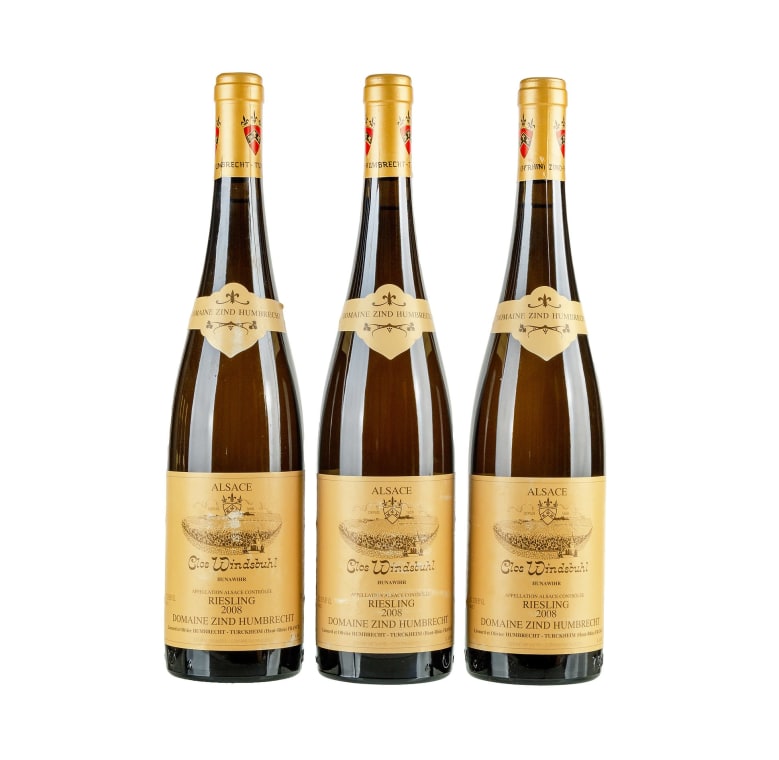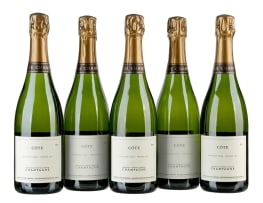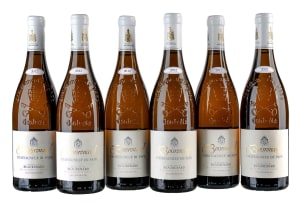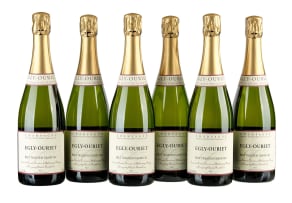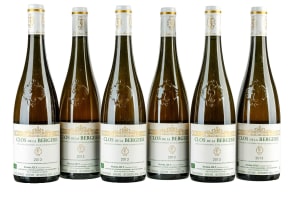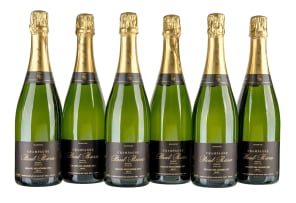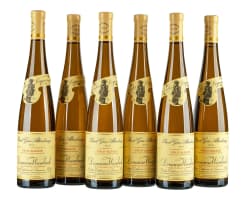Organic/Biodynamic Wines
Online-Only Auction, 30 May - 13 June 2022
Session 1
Incl. Buyer's Premium & VAT
About this Item
Biodynamic Certification
Farmed and made according to biodynamic practices, and certified by Demeter or Biodyvin. Based on the knowledge that the soil, plants, animals and farmers work together in one agricultural cycle. Only a certified organic producer can be considered for Biodynamic certification.
Demeter have rules on growing and vinification is stricter than organic certification - for example, less use of copper sulphate per hectare, and the requirement for natural yeasts for fermentation.
Similar to organic farming, biodynamic farming uses no synthetic fertilizers and pesticides. Biodynamic farming works to achieve soil health through the use of compost, animal and green manures; diversified crop rotations; and incorporation of livestock. However, the two agricultural systems differ in that biodynamic farmers rely on eight specific preparations for the soil, crops and compost to enhance soil and plant quality, and to stimulate the composting process. The eight preparations, designated by their ingredients or by numbers 500 to 507, are made from cow manure; silica; the flowers of yarrow, chamomile, dandelion and valerian; oak bark; and the stinging nettle plant. A ninth prep, often referred to as 508, is made from horsetail and is used for fungal disease.
Provenance
Private Client
Critics Ratings
'White pepper notes and juicy acidity drive this lively Riesling, which displays white grapefruit, blood orange and quince flavors. This is action-packed, but elegant overall, featuring fine length and a lovely, smoky finish. Drink now through 2025. 350 cases made.' - Alison Napjus, Wine Spectator, 93/100 (Oct 2010)
'Another virtually-dry member of its collection (at only 12.7% alcohol), Olivier Humbrecht says he had hoped that his 2008 Riesling Clos Windsbuhl - from some of his latest-picked grapes - would finish even drier than nine grams but, like me, he loves the wine's balance now. I am reminded of 1996 by the nose of gooseberry, fresh white peach, citrus oils, and white truffle. A correspondingly prickly brightness on the palate is offset not only by the residual sugar but also by a silken texture and formidable sense of sheer stuffing. A strikingly persistent, bittersweet finish brings into play copious salt and chalk for a palpably extract rich and saliva-inducing finish. This should be worth following for at least two decades.' - David Schildknecht, Wine Advocate, 92/100 (May 2011)
